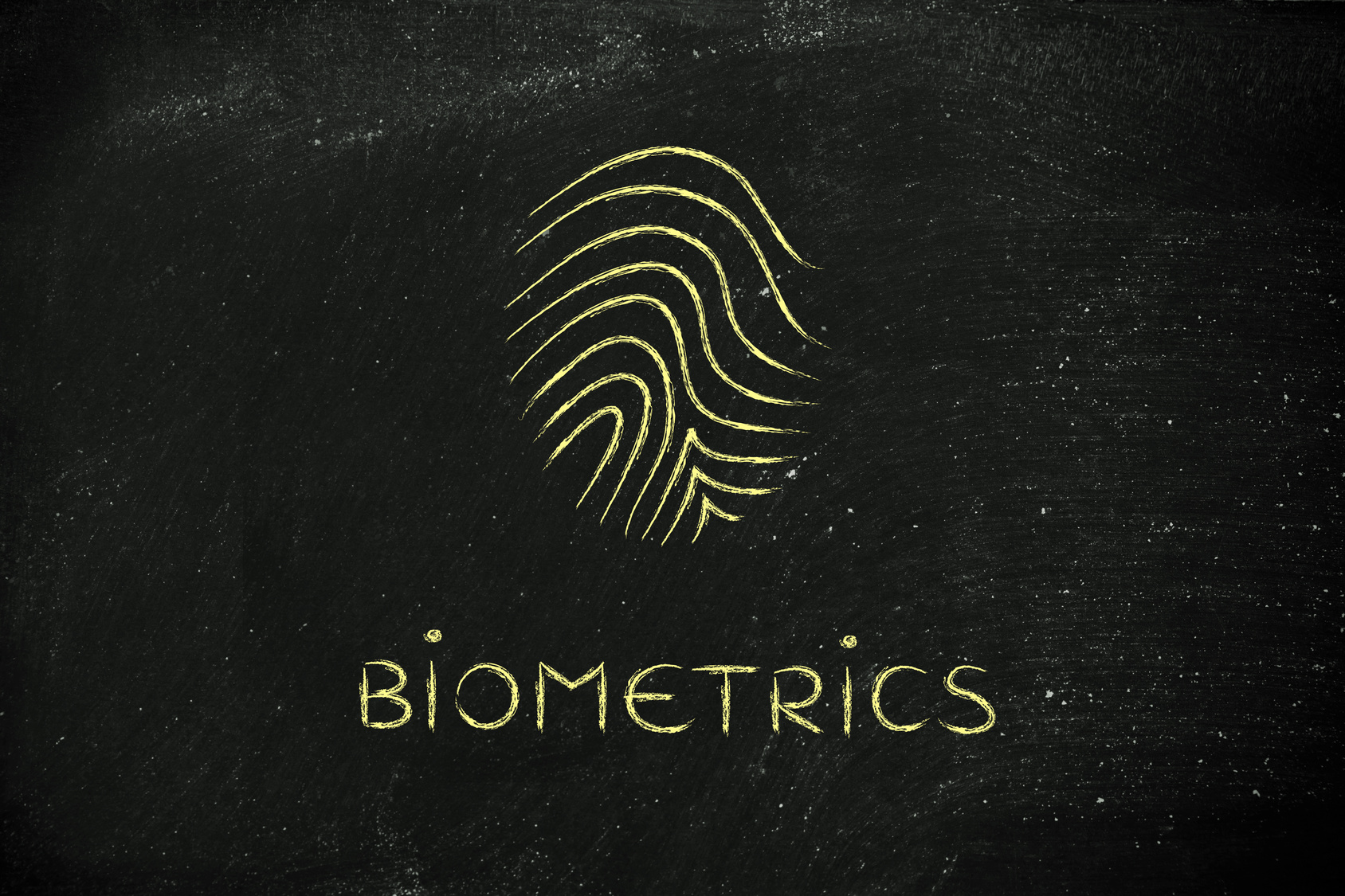European Association for Biometrics conference: easing the digital journey
Customers are impatient and friction leads to lost sales – a key takeaway from last week’s seminar on the use of “Biometrics in Banking and Payments” organised by the European Association for Biometrics.
Researched flagged by Michael Sass, VP market product management, security solutions Europe at Mastercard, highlighted the potential impact on revenue; abandonment rates (at the point of payment) is around 20% on average and for best in class payments it drops significantly to 5%. That means if making a payment becomes difficult, consumers are likely to walk (or its digital equivalent) away from a purchase.
An example from Germany was illustrative; in 2010 the share of payments made by card and PayPal were 20% and 10% respectively. Now those numbers have reversed and 20% of payments are made by PayPal and the proportion made by card have fallen to 10%. The warning to heed is ignoring customer experience will result in a lost in market share.
Biometrics are a key part of the strategy for solving the issue of friction in payments and customers are increasingly comfortable using them. Research, again presented by Mastercard, notes that most consumers – 63% – want to be able to biometrically authenticate payments.
There is some variation according to type – with fingerprint (69%) by far the most popular biometric that consumers are willing to use, followed by iris at 33%, facial recognition at 25% and voice at 18%. Concerns around security and fraud are also underpinning consumer support for the use of biometrics.
The growing use of biometrics, which is being mandated by Mastercard in some countries, is also being driven by regulatory imperatives. PSD2 will require beefed up authentication for online transactions. Two-factor strong customer authentication (SCA) means that a combination of authentication methods must be used; e.g. something you know (a password or PIN), something you are (biometric) and something you have (your mobile). Biometrics offer a frictionless way of satisfying those enhanced authentication requirements.
Looking ahead there are interesting developments on the horizon. The use of behavioural biometrics, offers intriguing opportunities not just in payments but more broadly across financial services.
It is, for example, a potentially far more secure way of identifying a customer to a call centre than methods currently in use (think date of birth and your mother’s maiden name). It also solves the problem of forgotten PIN numbers and passwords.
There are, however, concerns around privacy and questions around the impact and limitations imposed by GDPR, requirements around data minimisation and purpose limitation, for example.
With facial recognition, quite a lot of data can be pulled beyond that needed for authentication of a transaction. Detecting the mood of customers and whether they were satisfied with a transaction or identifying signs of potential illnesses with information pulled from photos are all interesting insights but would require consumer consent.
Given the knowledge and advanced analytics enabled by biometrics and machine learning one of the more interesting caveats from the day came from Richard Tomsett, software enabler, emerging technology at IBM.
Deep learning algorithms usually don’t have a way of responding “I don’t know” to a given question and will find the closest answer based on the data available even if clearly not right – e.g. a parrot that looks like a bunch of dots. An important lesson for machines and people alike.
By Lisa Moyle, director of strategy, fintech, FinTech Futures Series (Banking Technology’s sister company)









































